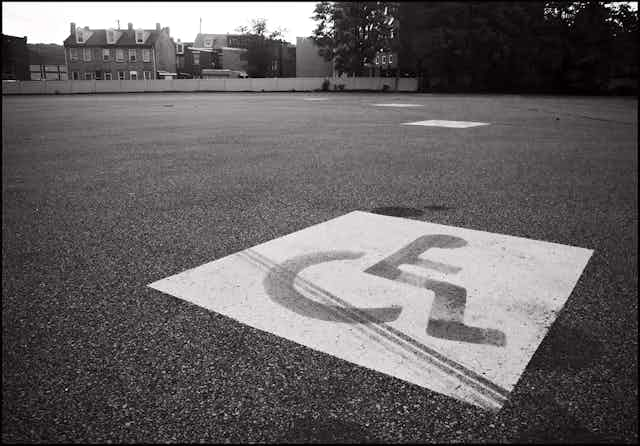Former Treasury secretary Martin Parkinson has expressed doubts about the financial viability of the National Disability Scheme (NDIS), which is being trialled in various locations around Australia.
But the scheme is a significant step forward for this country and it’s too early to throw out the baby with the bathwater. Indeed, most Australians have embraced the idea of having a national disability scheme, so it’s time to focus on a realistic implementation plan, both in terms of required resources and the time frame for rolling it out.
Implementation will require close husbanding and an open mind. Two years into the trial, it might be time to step back and regroup, rather than prematurely withdrawing from the scheme or sticking with the current timetable without addressing the problems we’ve discovered so far.
No easy ride
There’s no doubt that the NDIS is one of the most ambitious and significant projects recently undertaken in Australia. It will deliver resources to a sector that badly needs them. While the states have traditionally been responsible for funding disability services, the NDIS will also bring into the mix badly needed Commonwealth funds via a 0.5% increase in the Medicare levy.
Essentially, the NDIS is a resource delivery system. It entails assessing the needs of people with disability for the appropriate level of funding with which they can shop around to buy the services they need. With actual users in charge of buying services, armed with more money, the theory is that a stronger and more efficient supply will develop – at lower prices.
But for this to hold true, future service providers must be able to deliver services at costs lower than the current funding levels borne by governments – because the A$22 billion allocated to the NDIS must stretch to cover existing and anticipated demand.
The scheme is also likely to increase the number of people able to access disability services. And while the pot of money earmarked for disability services is not intended to change, demand will likely increase, so the average amount paid to service providers will have to shrink.
And this is just one of the three fundamental problems associated with the NDIS roll-out. We don’t know how many people need services or what those services might be; we don’t know what it costs to provide the services; and the NDIS is trying to approach all disabilities and all locations in a uniform manner. This approach is problematic because costs, service types and demand are very different across locations and across disability types.
Outstanding issues
The establishment of the NDIS didn’t include reviews of the services being delivered in Australia, the amount of unmet need, or the actual cost of such services. Some estimates for demand, for instance, have turned out to be half of what’s actually been found in the trial.
These issues were identified at the scheme’s first anniversary, and remain pertinent a year later. Further, the initial cost estimate of A$22 billion now plagues the roll-out as the NDIS attempts to shoe-horn the unexpectedly high demand into an apparently fixed resourcing capacity.
Making matters worse, the administrative cost of the system has also been underestimated.
Ultimately, these issues pose a risk that will be borne by the service recipients themselves, the people living with disability whom this scheme is supposed to help.
It may be that the best thing we can do is to stop the NDIS roll-out so we can undertake much-needed research to clearly see what its costs and demand levels are, plan the roll-out process properly and develop an open national conversation taking into account all positions. Then we can set our minds on how best to proceed.

